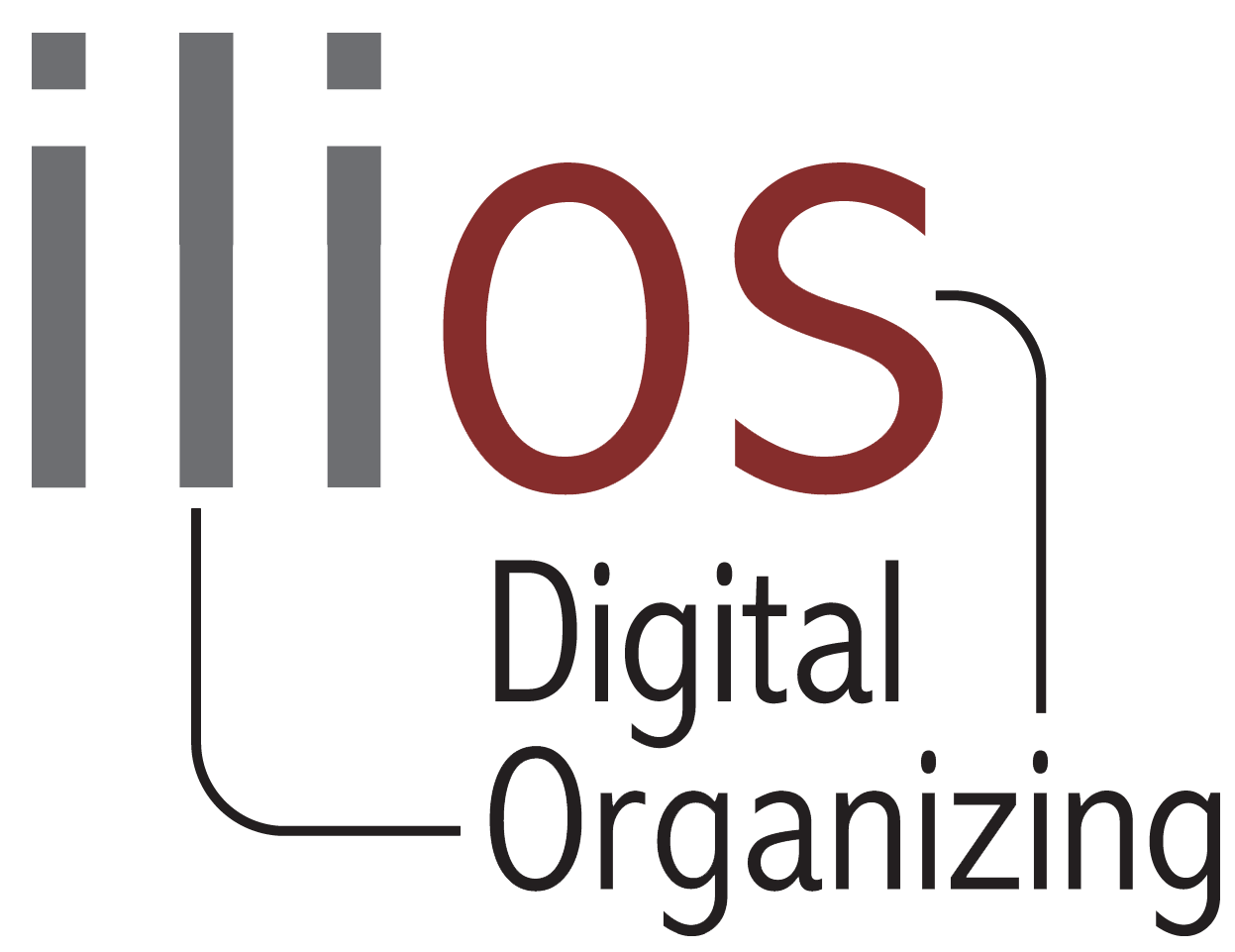S.P.A.C.E Organizing in a Digital World
“How do I get organized? What do I do first? How do I decide what to get rid of?” Those are common questions, especially because so often it’s hard to know where to start.
The SPACE model of organizing was made popular by Julie Morgenstern in the book Organizing from the Inside Out. She used this model to provide guidance and direction for individuals wanting to get their home or workspace organized.
Although originally designed to deal with physical space organizing, the same principles she spoke about can be applied to a digital world with just a little tweaking.
The S.P.A.C.E organizing model starts with S…
S is for SORT
Identify what’s important to you and group similar items together. Get your action items in one app, not spread out over three different task management apps and on post-it notes. I use cloud storage for my documents, but make sure all my business documents are on Dropbox and all the documents for the professional organization I belong to are on Google Drive.
P is for PURGE
Decide what you can live without and get rid of it. This can be tough with digital records, but that’s what retention guidelines are for. They are in place to let us know when important, but not vital, documents can be deleted. For your business documents, consider if something is a final copy or just a draft. Also consider the space you have available. If you’ve got space to spare, then you have the ability to keep more items. Tight on space? You’ll need to be more diligent about your purging.
Now, it’s time to talk about actually getting organized!
A is for ASSIGN A HOME
Decide where the items you KEEP will “live”. Remember to make it logical, accessible and safe. This is when we talk about the right app for the right task. You want your client tracking to live in a CRM not necessarily in a task management app. Contacts are best in a content management app, not in an Excel spreadsheet or on scattered pieces of paper.
C is for CONTAINERIZE
The art of containerizing is to do it last, not first. When space organizing, this means you don’t want to buy any new containers until you see what you have left after sorting and purging. In the digital world this means folders, folders, and more folders! It’s easy to get carried away when you start organizing and make folders for everything you can imagine. Instead, make a few sorting folders, see what all you have, then make sub folders as needed. The same thing applies to using a tagging system in a program like Evernote. Rather than trying to imagine all the different tags you will need, sort your notes and see what you actually could use.
Now that you’ve gotten organized, the hard part starts – staying organized!
E is for EQUALIZE
This means a few things:
Put your stuff away! Spend 15 minutes a day to maintain your new system. Before you shut your computer down, make sure your desktop is clear, your downloads folder is empty and your documents are closed
Periodically re-evaluate your system to see how it is working for you. Tweak as necessary. In the digital world this means stay on top of your information! When saving a document don’t take the shortcut and save it ‘wherever’. Instead, take a moment to find the right folder. Know that you may need to change how you organize if something isn’t working for you. Maybe an app has updated and now doesn’t do that one thing you needed it to do. Now might be the time to find a new app for that task.
Organizing isn’t a one time task, it’s an ongoing process. Keep the SPACE guidelines in mind as you work on the organization in your digital world. Need help getting started, or help keeping it organized? Contact me and we’ll make it work!


